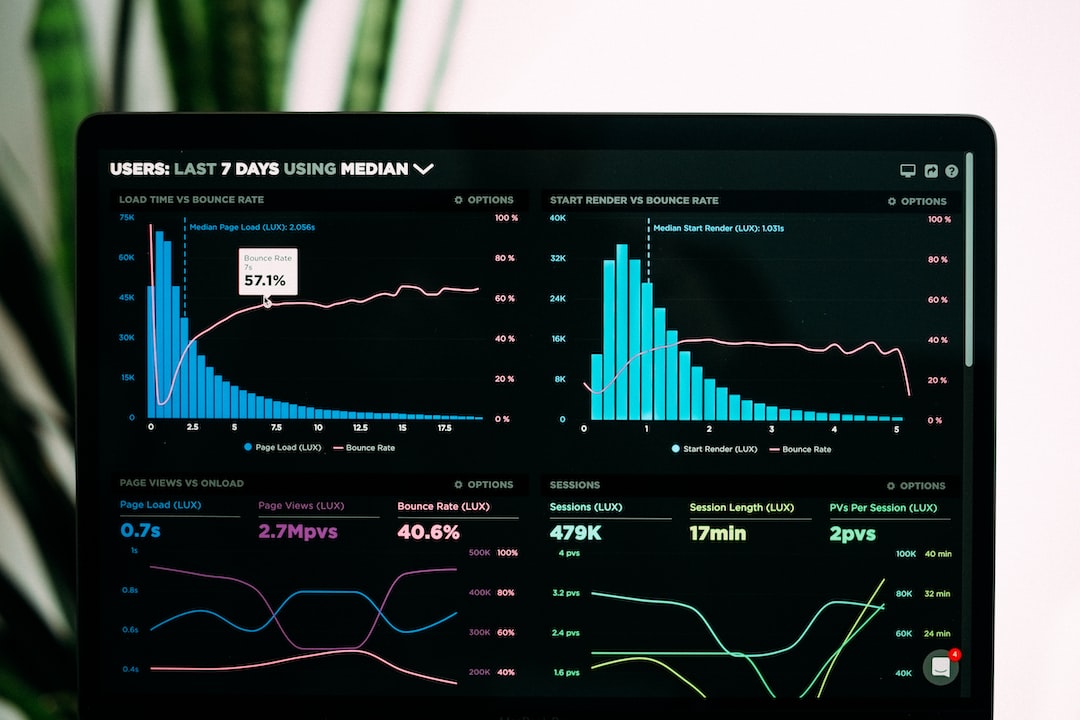If you are looking to trade in the foreign exchange market (forex), you will need to choose the right trading platform or software. The platform you use will determine the tools available to you, the fees you will pay, and the level of security and reliability of the trading platform. Here are some of the things you should consider when choosing a forex trading platform:
1. Trading Tools
The trading tools available on the platform will largely determine your trading experience. Some platforms offer advanced charting tools, indicators, and analysis tools that can help you make informed trading decisions. Other platforms may offer a simpler interface for beginner traders. Consider the type of trader you are and the tools you need to execute your trading strategy.
2. Fees
Forex trading platforms charge fees in various ways. Some platforms charge a flat fee per trade, while others charge a percentage of the transaction value. Additionally, some platforms may require you to pay a monthly subscription fee or an annual maintenance fee. Consider the fees charged by different platforms and choose the one that offers the best value for your trading needs.
3. Security
Forex trading involves the transfer of large sums of money, and as such, security is a critical consideration. Choose a trading platform that is secure and offers robust security features such as two-factor authentication and encryption. Additionally, check the reputation of the platform to ensure that it has not been involved in any security breaches.
4. Reliability
The reliability of the trading platform is another important consideration. Choose a platform that is stable and has a high uptime. The last thing you want is to have your trades interrupted due to technical issues on the platform. Additionally, check the platform’s response time to ensure that it is fast enough to execute your trades in real-time.
5. User Interface
The user interface of the trading platform can significantly affect your trading experience. Choose a platform that has an intuitive and user-friendly interface that is easy to navigate. Additionally, check if the platform offers a mobile app that can allow you to trade on the go.
6. Customer Support
The quality of customer support offered by the trading platform is another important consideration. Choose a platform that offers reliable customer support via multiple channels such as email, phone, and live chat. Additionally, check the availability of customer support to ensure that you can get help when you need it.
Some of the popular forex trading platforms include MetaTrader 4 (MT4), MetaTrader 5 (MT5), cTrader, and NinjaTrader. Each of these platforms offers a unique set of features and benefits, and the choice will largely depend on your trading needs and preferences.
MetaTrader 4 (MT4) is the most widely used forex trading platform, and it offers advanced charting tools, analysis tools, and automated trading capabilities. Additionally, MT4 has a large community of traders who share trading strategies and indicators, making it an excellent choice for beginner traders.
MetaTrader 5 (MT5) is the successor to MT4 and offers advanced features such as hedging, more order types, and improved backtesting capabilities. Additionally, MT5 offers a multi-asset trading platform, allowing traders to trade forex, stocks, and futures from a single platform.
cTrader is another popular forex trading platform that offers advanced charting tools, order types, and a user-friendly interface. Additionally, cTrader offers a range of trading tools and indicators to help traders make informed trading decisions.
NinjaTrader is a popular forex trading platform that offers advanced charting tools, automated trading capabilities, and a range of order types. Additionally, NinjaTrader offers a free trading simulator that allows traders to test their trading strategies without risking real money.
In conclusion, choosing the right trading platform is critical to your success as a forex trader. Consider the tools available, the fees charged, security, reliability, user interface, and customer support before choosing a platform. Additionally, consider trying out different platforms to find the one that best suits your trading needs and preferences.


